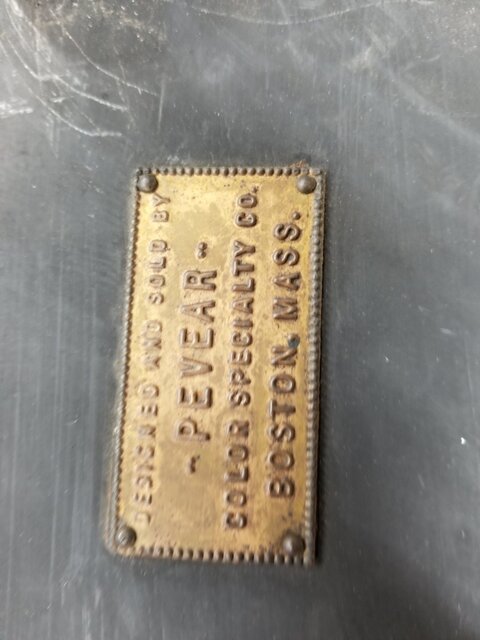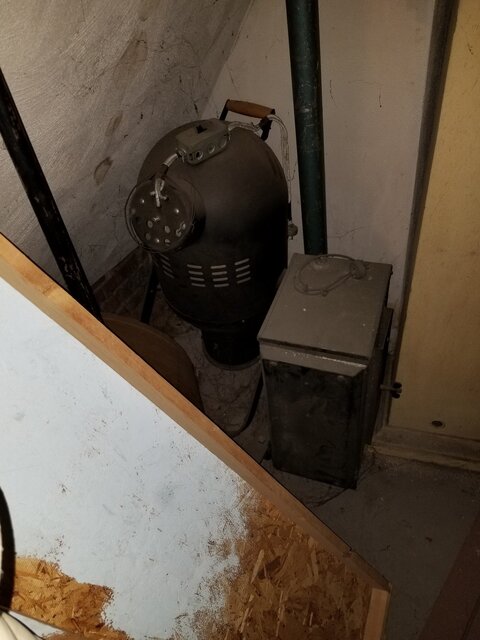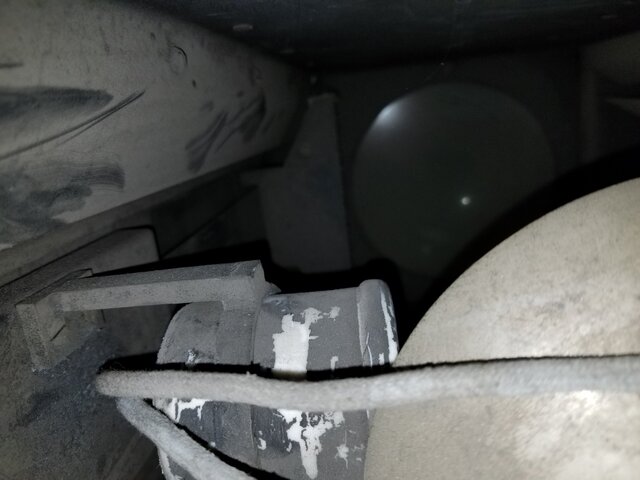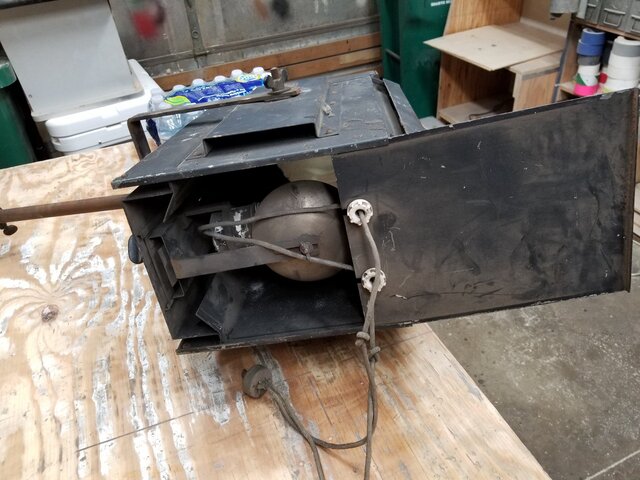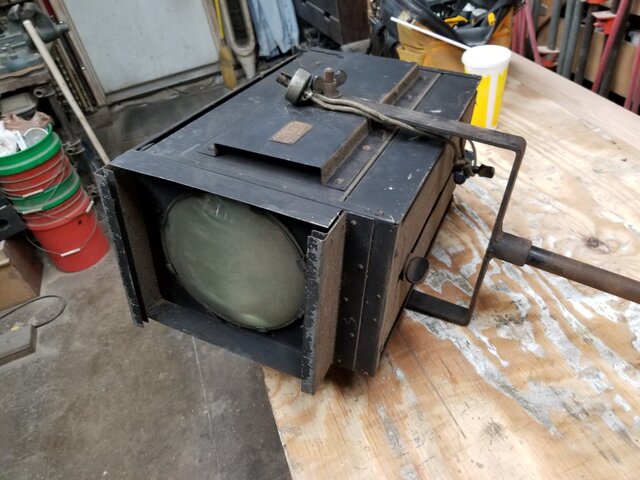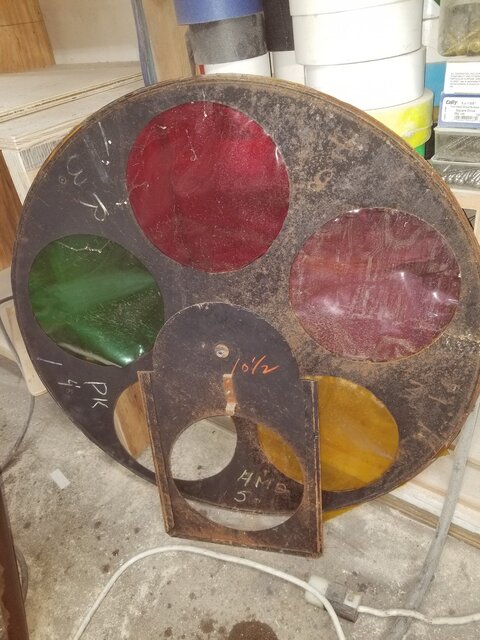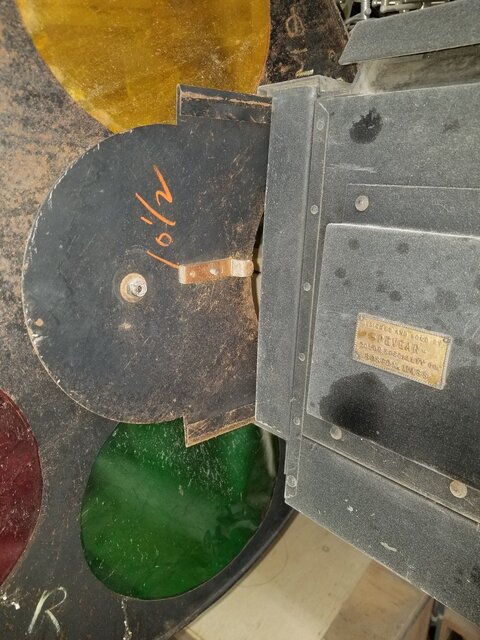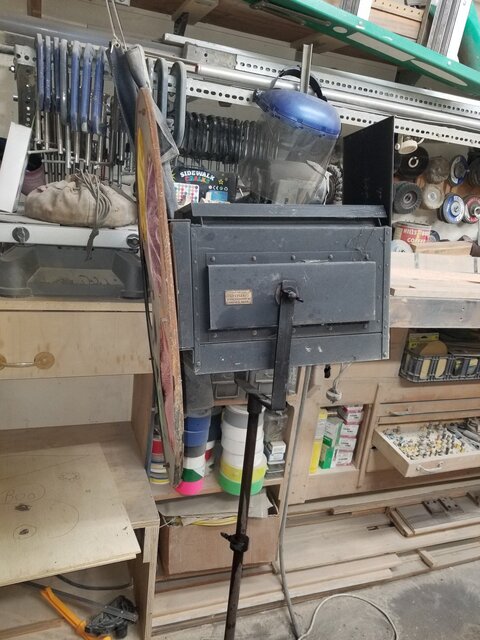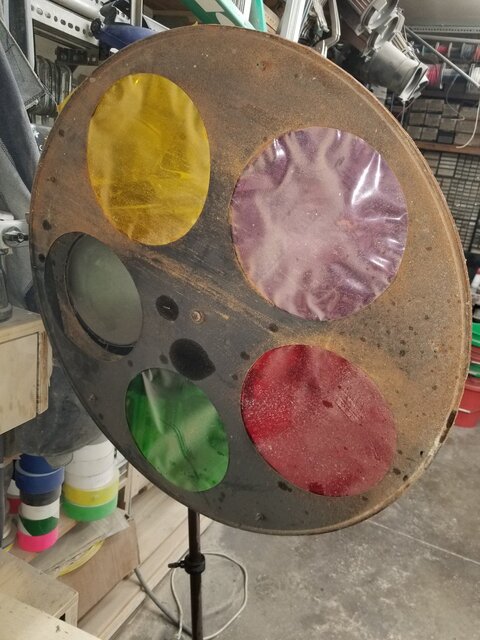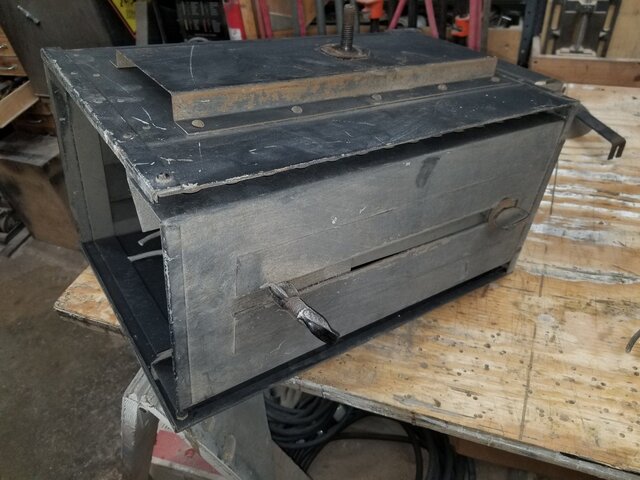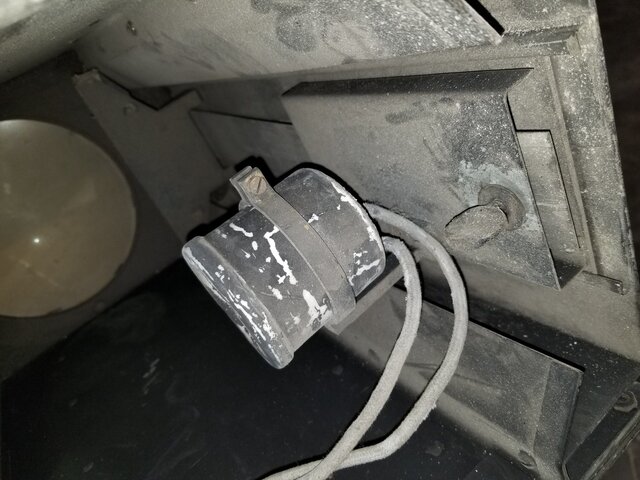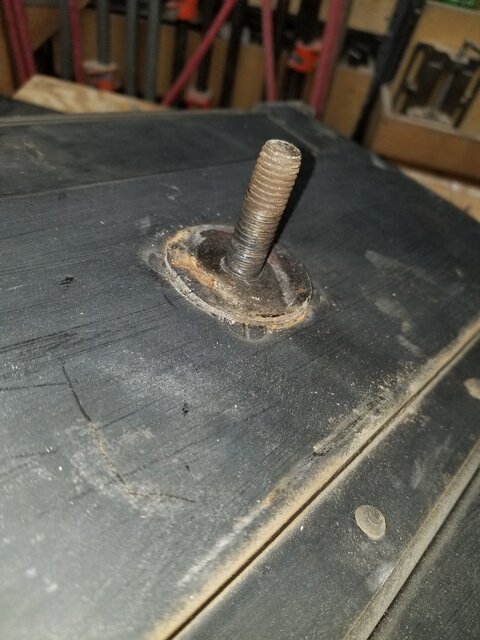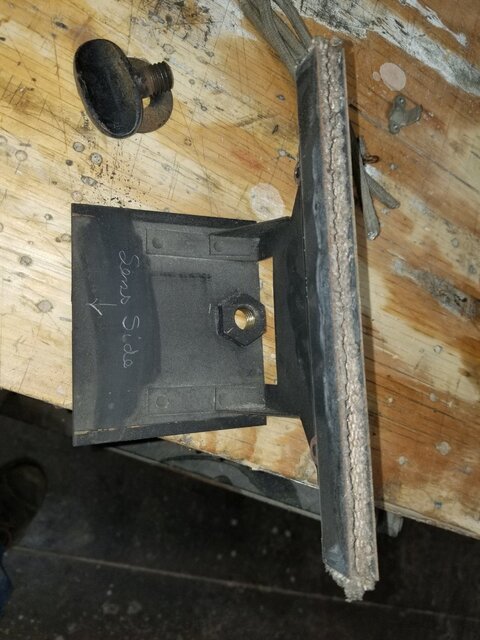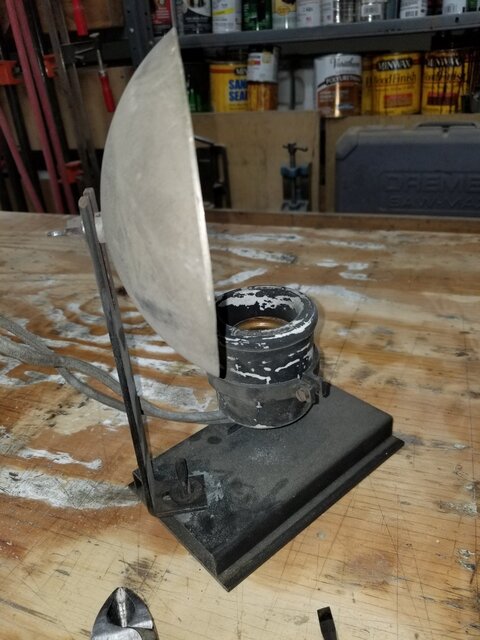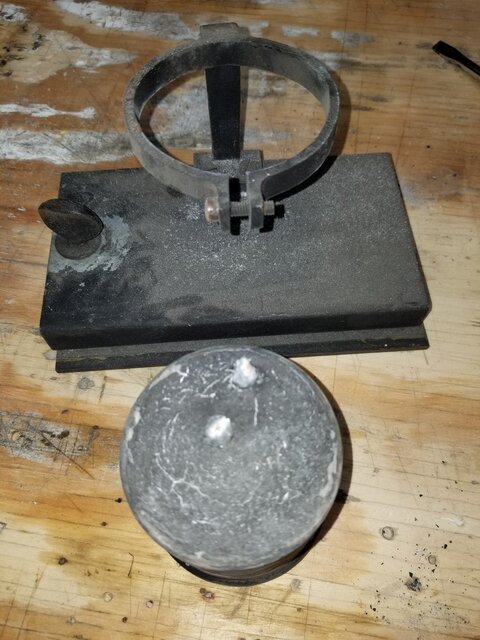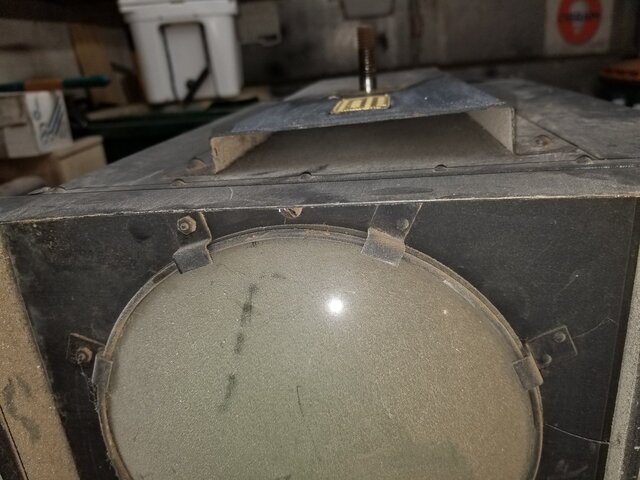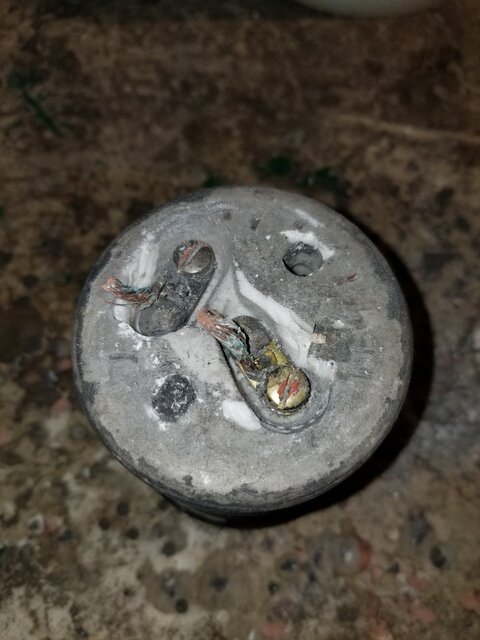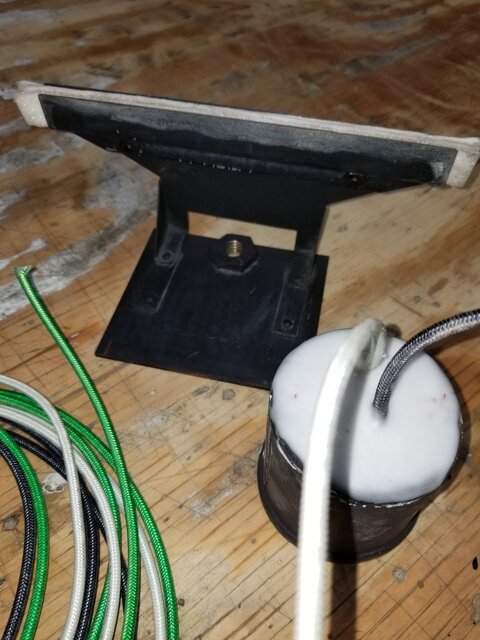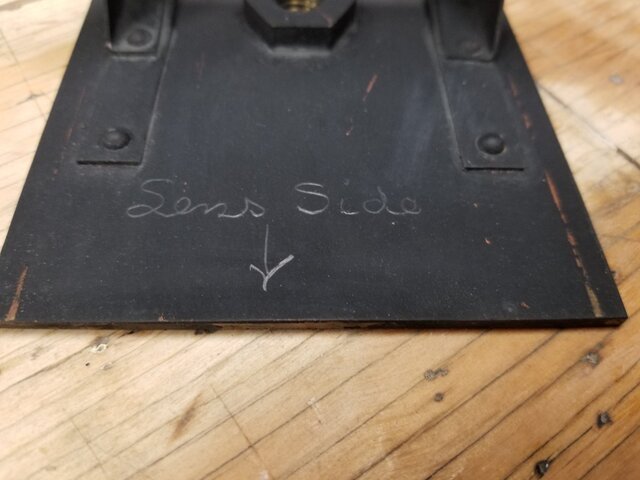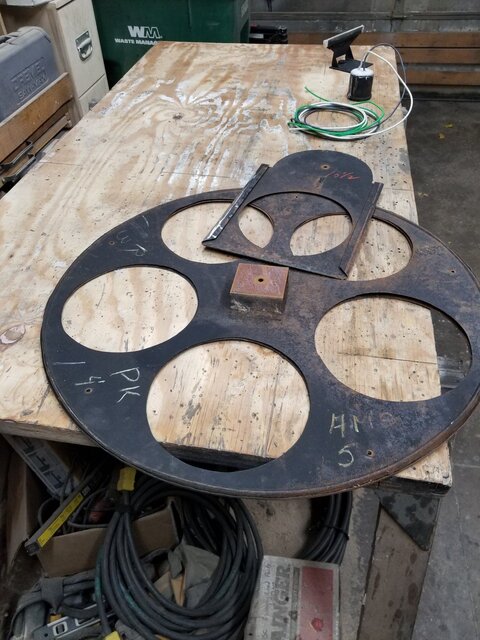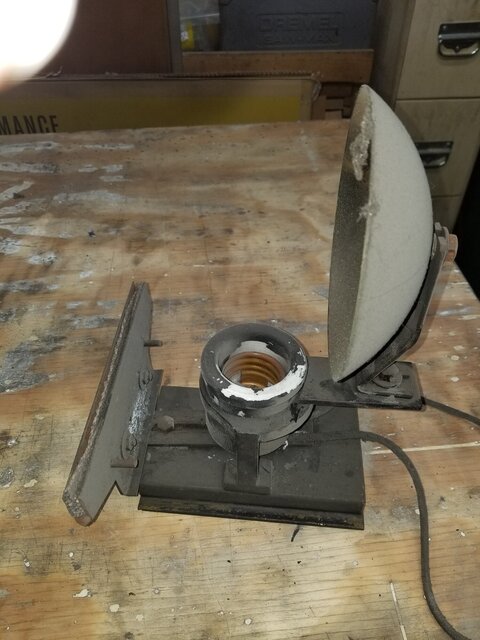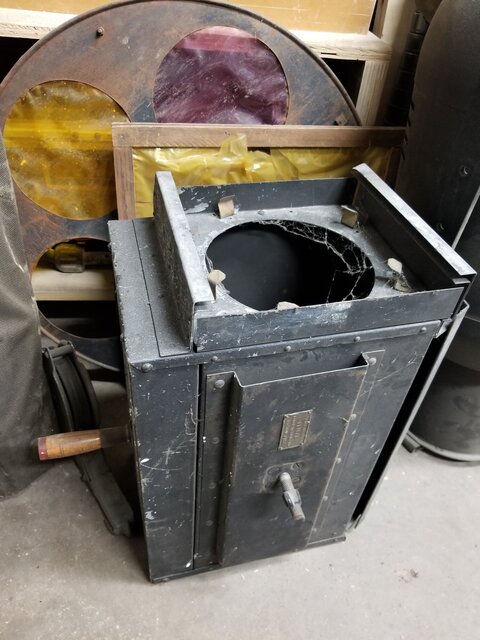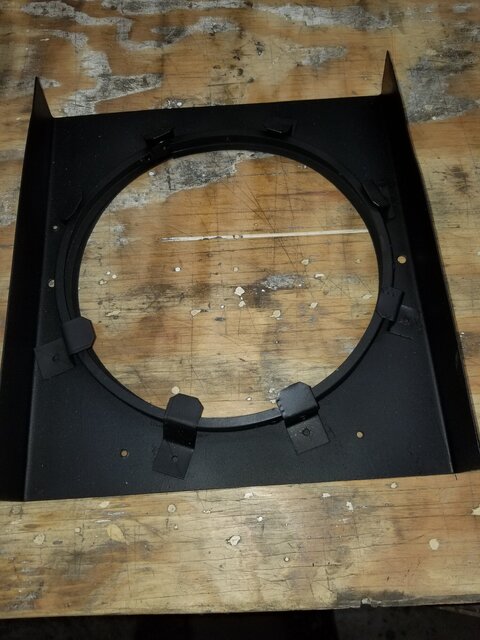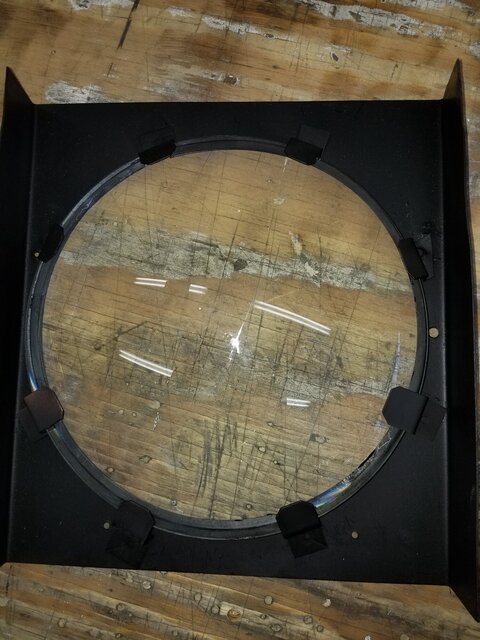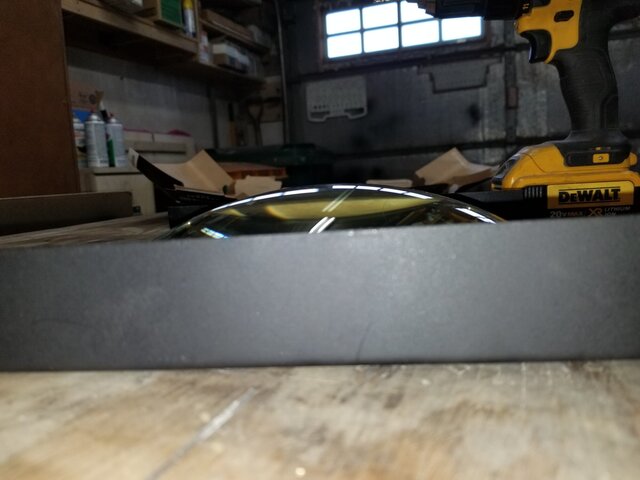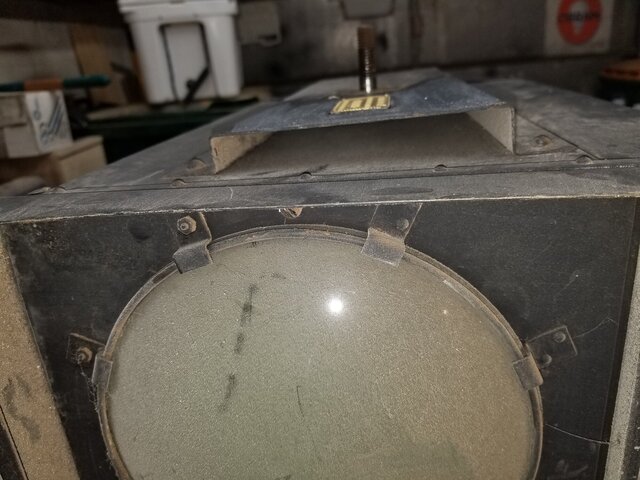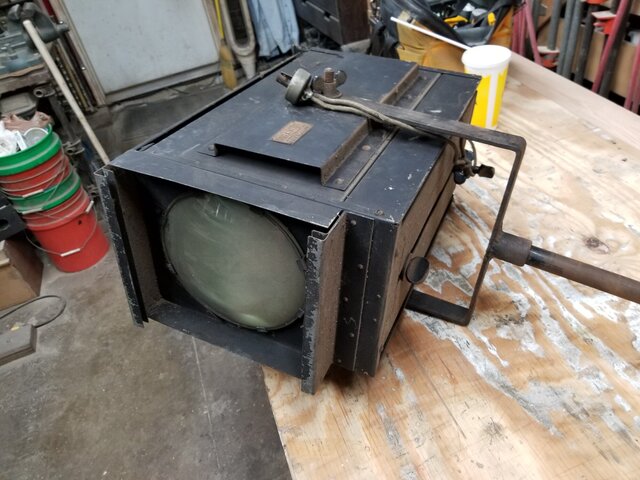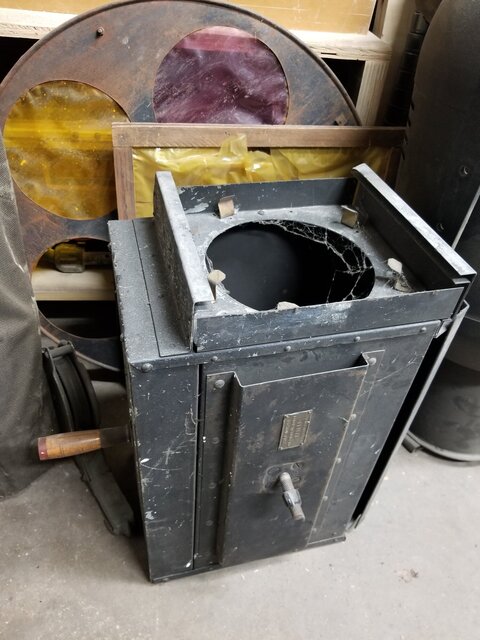-Pevear Color Supply Company, From notes:
71 Brimmer Street, Boston. Directed by Munroe Pevear, Unique optical scenic lighting equipment with high standards. No Catalogue but amongst fixtures: “Soft-edge” Spotlights, tormentor and teaser lens units, cyclorama color mixing units, rotating border lights, Wellesly and Pilgram (Strand) projector units, as well as a combination direct and indirect footlight units. c.1924, 1929 Listed & c.1930-1940 Listed.
Please, who ever I “loaned out my other copy of Fuch’s “Stage Lighting” to, return it.
Fuch’s 1928' p.17: “The Lighting apparatus — the various types of instruments – and the mens of control are also open to fundamental improvement, aside from the more obvious superficial faults that should be corrected. Further and deeper study of the sciences of optics and color as applied to stage lighting, such as being carried on by Munroe R. Pevear of Boston, who was at one time a practicing architect, should accomplish much towards providing the means of producing light and color that will be both efficient and pliable in the hands of the lighting director. Further research into the electrical and mechanical features of light control should render more accurate, more flexible, and more convenient the manipulations of the stage switch - board, the nerve center of the entire lighting system – the intricate keyboard at which will be played the symphonic component, in light, to the art of the actor and the stage designer.”
Wow! In paging thru the appendix and index last sections of my sleeved very antique master copy of the book, I am now realizing one of two pages in the book at the end were not cut!!!! Just lost in info like two pages of info in the bible of stage lighting for many pages in my notes on that to either cut the pages and veify pages known of, or new into! Sorry book dealers... info I want to know how even if I cut open the never opened pages from c.1928... Looking to find the p.17 further references to Pevear in a long part of the book in references and indexes I now find un-opened pages in the rear of the book... (Kind of like reading one of my posts but 1920's more documented.) Talking “Index of Subject Matter” in addition to other index/s. Lots of more pages to cut open and see if from the loaned out book have the info already in note. I assume cut open pages from mis-print lessens the value of the book.
Next section “Index of Names”
(Page 17 (above), 51, and 119.)
Page 17 related above, Page 51 below in identifying the fixture below.
Section about the “Fortuny system” in chapter of strip lights not just being strip lights.... but amazing concept in study!!! (Term paper in concept of!!!)
P.51
“..., For belasco’ benefit, but with and perfected, primary, of course, for Belasco’s benefit, but gratuitously available to all who care to use them. Belasco shares his enviable repatriation with his chief lighting assistant, Louis Hart-mann, who has worked out all his lighting for more than a quarter of a century, and whose experience in stage lighting began many years before he became associated with Gelacose. Some of the first incandescent spotlights were developed by Hartmann in Gelasco’s laboratory, as were also the for recent bowed - silver reflector discs.
Munroe R. Pevear is another outstanding figure in the field of American stage-lighting activity. His Investigations in color (1911) have proved especially valuable. These have made possible the manufacture of color media of unusually high spectral purity. He was one of the first to advocate the application of color synthesis to commercial use and stage lighting – the employment of the light primary colors (Red, Green, and Blue), in combination with clear tinting, to obtain any possible color of light. His application of scientific optical principals to special problems in stage lighting has resulted in the development of stage lighting equipment that is truly unique in general effeteness, optical efficiency, and mechanical construction combined with convenience of operation. The “Soft-edge” spotlight, a footlight unit for indirect as well as direct illumination, the tormentor and teaser lens units, and the special close-operating color mixing cyclorama lighting units are several of Pevear’s comparatively recent developments.”
P.119 is about gels Pevear invented.
(Note from Fuch’s 1928... Scottish Rite Theater is not mentioned as a theater in a list of Names of Persons, Plays and Theatres. Nor’ was the 1911 Atheneum Chicago I worked in.) Not misspelling from 1928 on words spelled in wording of the day where otherwise needed to correct.
(Above notes on the brand mostly from Fuch’s Stage Ligthing - 1928 in sources, with additions from other books when the brand was also mentioned or catalogues cited.)
71 Brimmer Street, Boston. Directed by Munroe Pevear, Unique optical scenic lighting equipment with high standards. No Catalogue but amongst fixtures: “Soft-edge” Spotlights, tormentor and teaser lens units, cyclorama color mixing units, rotating border lights, Wellesly and Pilgram (Strand) projector units, as well as a combination direct and indirect footlight units. c.1924, 1929 Listed & c.1930-1940 Listed.
Please, who ever I “loaned out my other copy of Fuch’s “Stage Lighting” to, return it.
Fuch’s 1928' p.17: “The Lighting apparatus — the various types of instruments – and the mens of control are also open to fundamental improvement, aside from the more obvious superficial faults that should be corrected. Further and deeper study of the sciences of optics and color as applied to stage lighting, such as being carried on by Munroe R. Pevear of Boston, who was at one time a practicing architect, should accomplish much towards providing the means of producing light and color that will be both efficient and pliable in the hands of the lighting director. Further research into the electrical and mechanical features of light control should render more accurate, more flexible, and more convenient the manipulations of the stage switch - board, the nerve center of the entire lighting system – the intricate keyboard at which will be played the symphonic component, in light, to the art of the actor and the stage designer.”
Wow! In paging thru the appendix and index last sections of my sleeved very antique master copy of the book, I am now realizing one of two pages in the book at the end were not cut!!!! Just lost in info like two pages of info in the bible of stage lighting for many pages in my notes on that to either cut the pages and veify pages known of, or new into! Sorry book dealers... info I want to know how even if I cut open the never opened pages from c.1928... Looking to find the p.17 further references to Pevear in a long part of the book in references and indexes I now find un-opened pages in the rear of the book... (Kind of like reading one of my posts but 1920's more documented.) Talking “Index of Subject Matter” in addition to other index/s. Lots of more pages to cut open and see if from the loaned out book have the info already in note. I assume cut open pages from mis-print lessens the value of the book.
Next section “Index of Names”
(Page 17 (above), 51, and 119.)
Page 17 related above, Page 51 below in identifying the fixture below.
Section about the “Fortuny system” in chapter of strip lights not just being strip lights.... but amazing concept in study!!! (Term paper in concept of!!!)
P.51
“..., For belasco’ benefit, but with and perfected, primary, of course, for Belasco’s benefit, but gratuitously available to all who care to use them. Belasco shares his enviable repatriation with his chief lighting assistant, Louis Hart-mann, who has worked out all his lighting for more than a quarter of a century, and whose experience in stage lighting began many years before he became associated with Gelacose. Some of the first incandescent spotlights were developed by Hartmann in Gelasco’s laboratory, as were also the for recent bowed - silver reflector discs.
Munroe R. Pevear is another outstanding figure in the field of American stage-lighting activity. His Investigations in color (1911) have proved especially valuable. These have made possible the manufacture of color media of unusually high spectral purity. He was one of the first to advocate the application of color synthesis to commercial use and stage lighting – the employment of the light primary colors (Red, Green, and Blue), in combination with clear tinting, to obtain any possible color of light. His application of scientific optical principals to special problems in stage lighting has resulted in the development of stage lighting equipment that is truly unique in general effeteness, optical efficiency, and mechanical construction combined with convenience of operation. The “Soft-edge” spotlight, a footlight unit for indirect as well as direct illumination, the tormentor and teaser lens units, and the special close-operating color mixing cyclorama lighting units are several of Pevear’s comparatively recent developments.”
P.119 is about gels Pevear invented.
(Note from Fuch’s 1928... Scottish Rite Theater is not mentioned as a theater in a list of Names of Persons, Plays and Theatres. Nor’ was the 1911 Atheneum Chicago I worked in.) Not misspelling from 1928 on words spelled in wording of the day where otherwise needed to correct.
(Above notes on the brand mostly from Fuch’s Stage Ligthing - 1928 in sources, with additions from other books when the brand was also mentioned or catalogues cited.)
Last edited:



